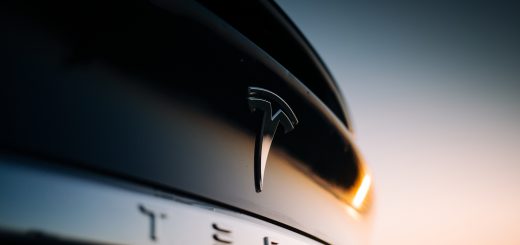The impact of car parts on ecology – recycling and sustainable development of Tesla

The environmental impact of the automotive industry is an issue broadly discussed in the modern world. The discussion on the subject pushed car manufacturers towards sustainability and influenced the direction of their development.
Tesla’s pursue of sustainable development
Tesla is considered to be the leader of sustainability in the automotive industry. The company fully understands the growing importance of eco-conscious choices and puts a lot of effort into becoming a change every environmentally aware customer wants to see. Tesla continues to implement modifications necessary to effectively pursue sustainable development and deal with associated challenges. These changes apply to designing, engineering, manufacturing, shipping, and servicing of the vehicles. What helps Tesla achieve sustainability is:
- creation of a long-term strategy that considers sustainability in every process,
- sourcing of the materials in an ethical way, which can be done with the implementation of new technologies and the increase of visibility and transparency of the whole process,
- reduction of emissions across the vehicle’s life cycle,
- increased efficiency of the production process which leads to the decrease of emissions and carbon footprint,
- improvement of all logistic processes,
- safe and energy-efficient exploitation of equipment and other assets.
Tesla works towards establishing more sustainable practices in the automotive industry and tries to inspire other car manufacturers to do the same. An example of Tesla’s eco-conscious practices may be the implementation of a low-VOC, water-based paint, which is a lot more environmentally-friendly than regular paints with higher levels of VOCs.
Recycling in the production and maintenance of Tesla cars
Tesla focuses on the role of recycling in the production and maintenance of their vehicles. In order to prevent the end-of-life batteries, as well as scrap batteries from production to be sent to a landfill, the company decided to introduce a battery recycling program. Consequently, 100% of Tesla batteries can be recycled, which leads to a substantial cut down of long-term emissions for production. Reusing batteries and other car parts leads to energy and carbon footprint reduction, as well as preservation of natural resources. It also helps reduce the amount of e-waste sent to the landfill.

Energy and carbon footprint reduction
Recycling in the production and maintenance of Tesla cars is a way to substantially reduce the energy needed for the manufacturing and transportation of new car parts, and leads to the diminution of the vehicle’s carbon footprint.
Preservation of natural resources
The introduction of recycling in the production and maintenance of Tesla cars reduces the need for new components, which minimizes the necessary amount of raw materials and helps with preservation of natural resources.
E-waste reduction
Recycling of Tesla components reduces the amount of auto parts disposed of in the landfill. It helps cut down the e-waste that does not decompose and is considered hazardous, especially if not disposed properly.
Sourcing of second hand Tesla parts
Sourcing second hand Tesla parts is beneficial not only to the environment, but also to the vehicle’s owner, as it is way less expensive than buying new components. It is proven that choosing used parts to repair a Tesla car allows the vehicle owner to save more than half compared to the new price. It is however necessary to always make sure the components obtained on the secondary market are authentic and compatible with the specific car model. They should also be provided by renowned, trustworthy suppliers, such as EV-Parts, who conduct necessary quality checks and offer their customers professional advice when needed.



